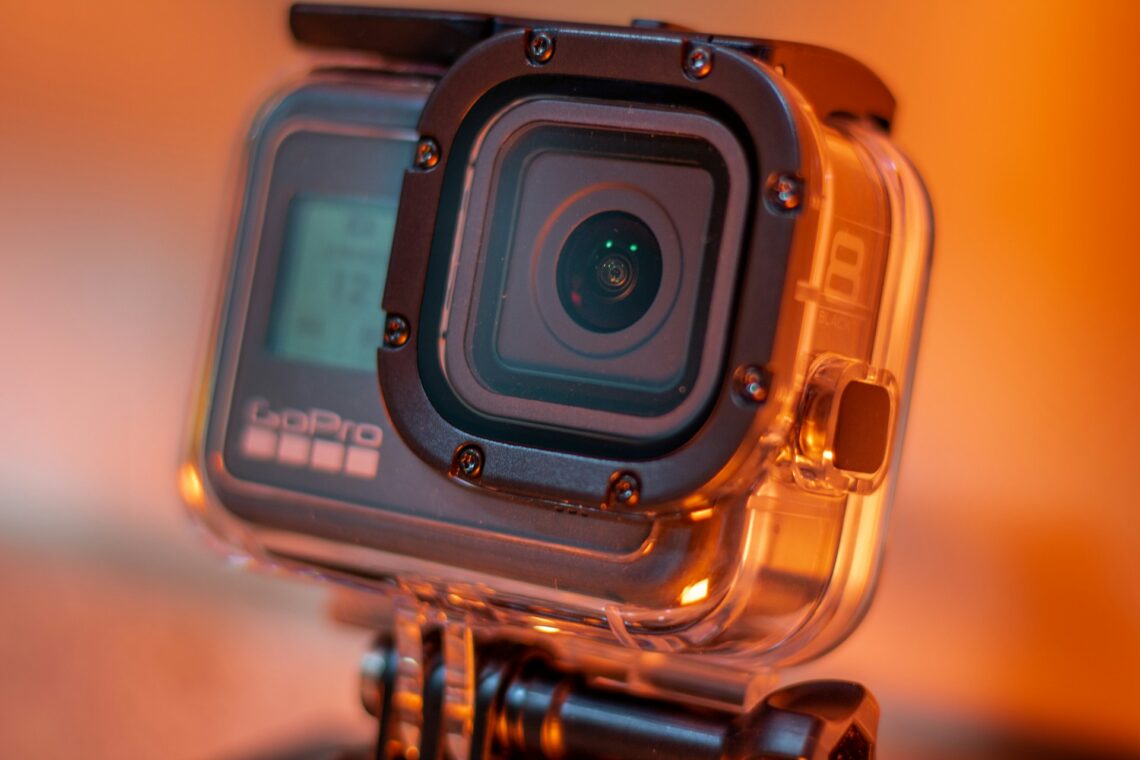How the idea for extreme action photography with a GoPro camera was born
GoPro is an American company best known for its action cameras. They allow you to capture the most extreme moments of life. Professionals and amateurs alike use GoPro cameras not only for photography, but also for filmmaking.
History of the company
In 2002, American Nick Woodman came to Australia on holiday with his girlfriend. The young man had studied at the University of California and had two failed businesses.
Nick spent most of his holiday surfing and taking lots of photos. But to get quality shots, he needed professional equipment – expensive, heavy and uncomfortable to use while moving. That’s when Woodman had the idea to create a small camera that could be attached to his arm and stay with him.
In California, Nick and his girlfriend began looking for money to develop the project. They raised some of it, but the main sum of USD 250,000 came from the entrepreneur’s father. This was the birth of Woodman Labs, which was renamed GoPro in 2014.
After 2 years, the company presented its first camera model. It was a camera with 35mm film in a transparent waterproof case for diving to depths.
The digital camera era
In 2006, the company released an already digital version of its development, which had much better features compared to the first model:
– the Digital Hero had 16MB of internal memory;
– it could record 10-second videos;
– two AAA batteries powered the model.
The company also diversified the camera’s mounting options. In addition to the wrist accessory, the company has released versions for a car and other mounts for shooting in different situations.
2007 saw an updated camera version launch, but 2010 saw the real leap forward by introducing a model with FullHD video support and rechargeable batteries. After that, the company began to develop at a rapid pace:
– in 2011, the company acquired a video codec developer to improve video quality;
– in 2012, an extreme sportsman used the company’s cameras to record his jump from 39 kilometres. The video was part of a real-time broadcast;
– the company rebranded as GoPro and went public with a USD 15 billion valuation in 2014.
After the successful IPO, Woodman expanded the business and began developing GoPro as a media company. His plan didn’t work, and the brand started to experience severe financial problems. The release of a quadrocopter in 2016 and a new camera model in 2017 exacerbated the situation.
To cope with the losses, management decided to abandon new products and cut staff. In 2020, GoPro acquired a video editing software developer.










